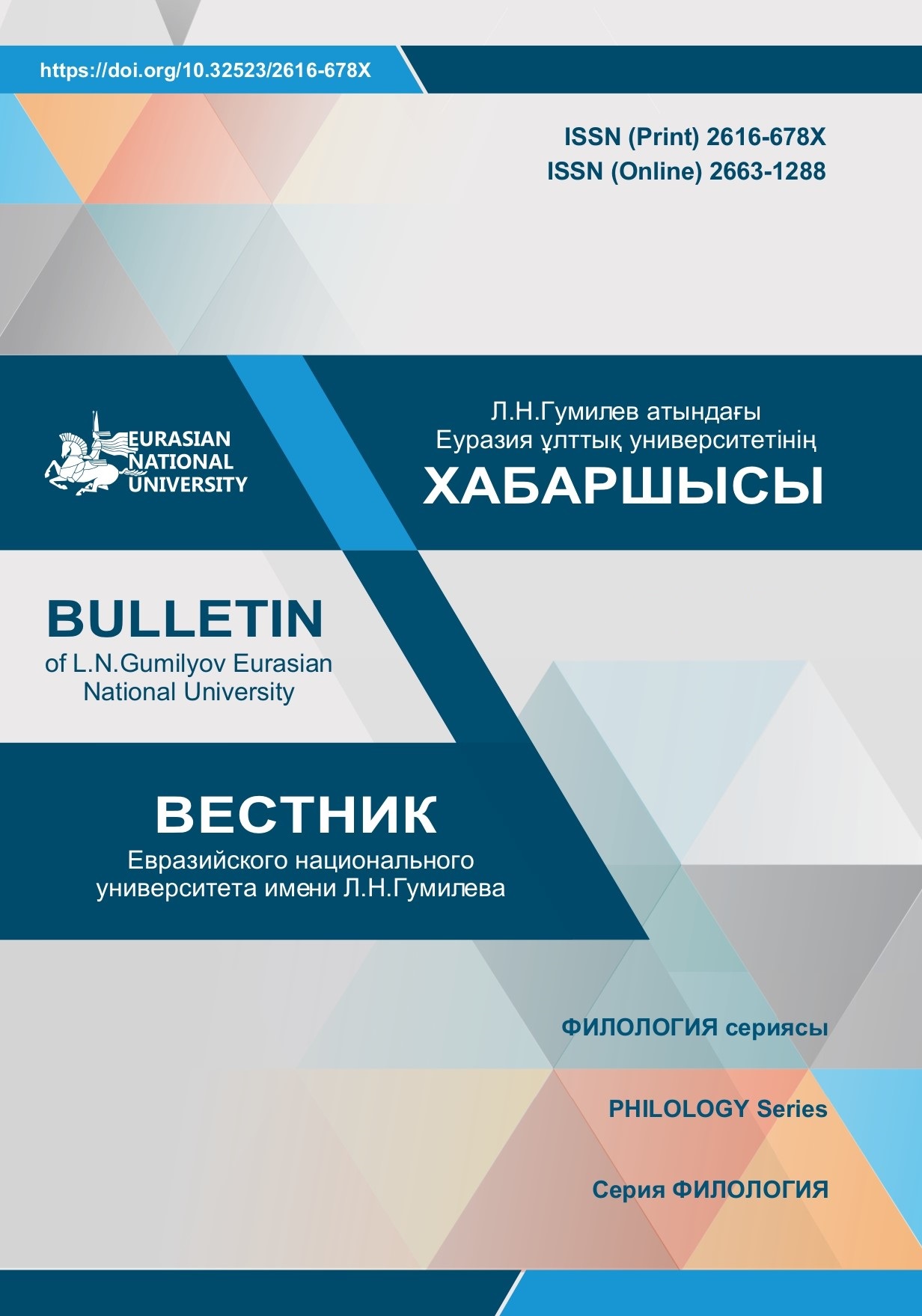Artistic means of creating a portrait in the literature and painting of Kazakhstan in the middle of the 20th century
Views: 126 / PDF downloads: 319
DOI:
https://doi.org/10.32523/2616-678X-2022-141-4-106-118Keywords:
verbal portrait, literary portrait, face, artisticprose of Kazakhstan, easel painting of Kazakhstan, pictorial portrai, socialist realismAbstract
In this study, based on the historical, typological and method of holistic analysis of works of
literature and painting by Kazakh authors of the mid-20th century the problem of creating a portrait by artistic
means is considered. The theoretical generalization of the works of philologists made it possible to identify the
features of the functioning of the literary portrait in works of fiction. In the process of comparative analysis of
the rich exposition of literary characters in the works of prose writers of Kazakhstan, the national features of
those portrayed in the historical conditions of life of the Kazakh steppe were revealed. A verbal portrait is only
one of the means of characterization used in compositional unity with other similar means: the unfolding of the
action in the plot, the description of the thoughts and moods of the characters, the dialogue of the actors, the
description of the situation, etc.
The article analyzes the changes in the pictorial portrait in the conditions of the ideological paradigm of
socialist realism. In the process of studying the specifics of the functioning of the portrait in the visual arts of
Kazakhstan of the Soviet period, it was revealed that the socialist realism canon dictated the interpretation
of a person as a social type of the builder of socialism. The embodiment of the concept of socialist realism in
painting took place through the creation of portraits of heroes of Socialist labor, heroes of the Great Patriotic
War, outstanding figures of culture, art, literature, which were of a salon nature, at the same time, reflecting the
typical national features of those portrayed. The plots of many paintings focused around the image of Stalin.


